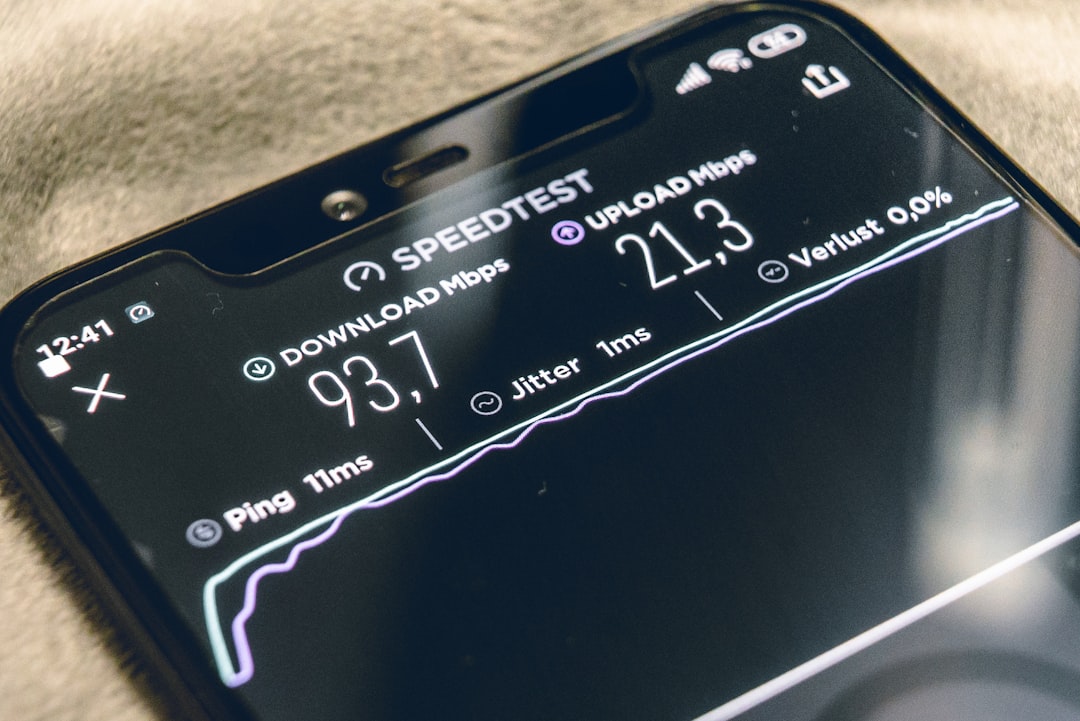What is it about?
The study of the infrared bulk and surface plasmonic resonance of a transparent conductive oxide made of fluorine doped tin films.
Featured Image
Why is it important?
Here we highlight some general features of surface plasmon polaritons (SPP) on transparent conductive oxides (TCO) in the near infrared (NIR) range, in the specific on fluorine doped tin (FTO) oxide films. The thickness dependent transition between a purely bulk resonance to the surface mode is put into evidence, together with the backbending of the modes due to the complex permittivity of a damped resonance. In particular the predicted range for the emergence of a surface plasmon polariton is found to be above λ≥2.1µm for commercial thin films of FTO, while the optimal film thickness for its observation is estimated to be around 200nm, in contrast to the standard 40nm for gold. FTO is one important class of widely used TCO which complements with ITO and AZO.
Perspectives
The SPPs are electromagnetic normal modes bound to the surface of a metal layer, which are involved with field enhancement and localization, even subwavelength. The associated frequency range, related to the plasma resonance, depends on the carrier concentration, which for TCOs is lower than for metals. The shift of the SPP resonance to the NIR and IR range in the energy domain, is allowing the net separation from the interband transition, obtaining clear plasmonic responses. At the same time, the space features are scaling up with wavelength allowing a better control and study. The use of SPPs spans across sensors, telecommunication, modulators, photovoltaics, radiation shields and photo-volto-chromic devices. They will benefit from the extension of knowledge and applications of IR SPPs on TCOs.
Dr Lorenzo Dominici
CNR NANOTEC, Institute of Nanotechnology
Read the Original
This page is a summary of: Plasmon polaritons in the near infrared on fluorine doped tin oxide films, Optics Express, June 2009, Optical Society of America (OSA),
DOI: 10.1364/oe.17.010155.
You can read the full text:
Contributors
The following have contributed to this page










